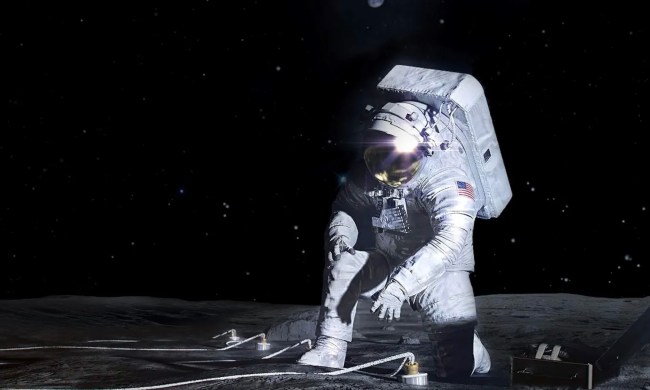
NASA is intending to use its new Orion capsule to send astronauts to the moon under its Artemis program, but a new report finds that issues with the capsule’s heat shield could be a risk to crew safety. The report from NASA’s inspector general was released this week and details issues with the heat shield, which lost some material during the first flight of Orion during the Artemis I mission in 2022.
The report says that the Artemis I mission, which was uncrewed, revealed “critical issues” that must be addressed before any astronauts fly on the capsule as part of the Artemis II mission. The particular concern was with Orion’s heat shield, separation bolts, and power distribution, as during the reentry process for Artemis I, the capsule’s ablative heat shield wore away more than expected in more than 100 locations.
NASA had already shared information about the issues with the heat shield in a briefing last year, although Orion program manager Howard Hu said at the time that while there was more charred material than expected, there was still significant margin left over on the heat shield and that this was not a safety concern. The heat shield is designed to be ablated to some extent, but the inspector general appears to consider the issue more serious than NASA previously announced. There were also issues with the separation bolt of the crew module and the electrical power system on the capsule.
The report does detail the steps NASA is taking to address the issue, such as looking at modifying the heat shield or using a different reentry trajectory to subject the capsule to less damage, but warns that “NASA has further work and testing that it must complete to safely return humans to lunar orbit.”
Earlier this year, NASA announced it was pushing the launch date of Artemis II from November 2024 to September 2025, and at the time, NASA Administrator Bill Nelson said that, “Safety is our top priority,” and that the new timeline would give teams more time to work on the challenges of the mission.
The report also includes a response from Catherine Koerner, NASA’s Associate Administrator for Exploration Systems Development Mission Directorate. She points out that “being audited in the middle of a development process presents several challenges,” and that, “NASA expected to discover and resolve issues before Artemis II. This process of finding and addressing engineering challenges is a natural part of the design-test-fix process.” Her response also emphasizes that NASA was already aware of the issues and was working on fixing them before the report came out.
There has been some back-and-forth between NASA and the media regarding the report, as NASA is seemingly facing pressure to get Artemis ready and working while also managing oversight from bodies like the inspector general.



